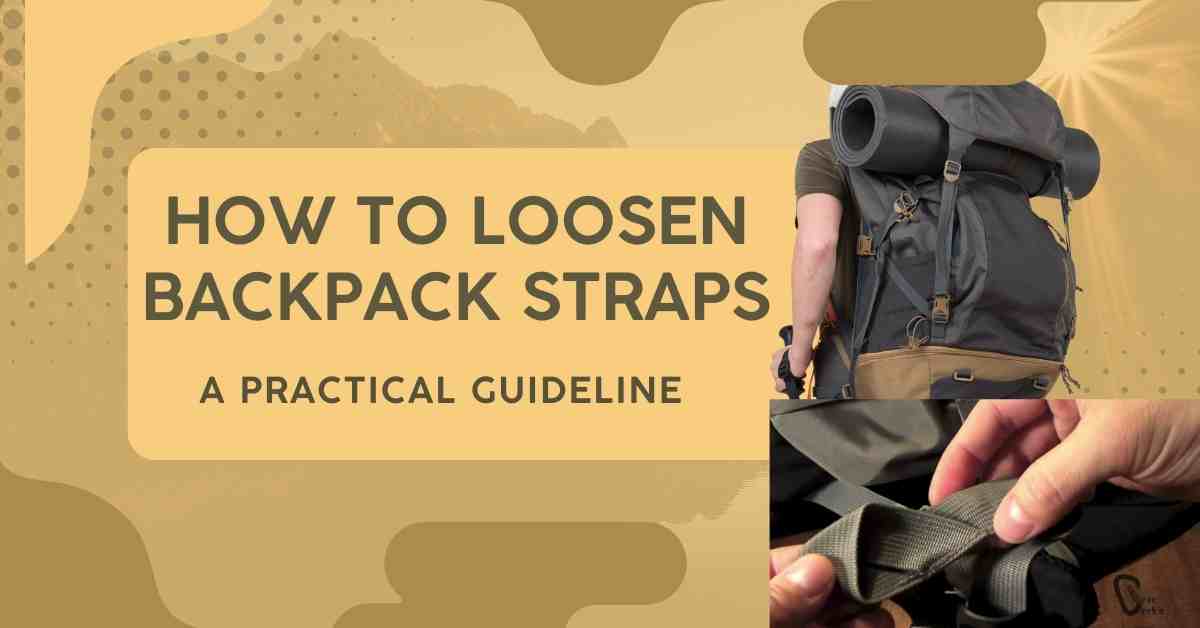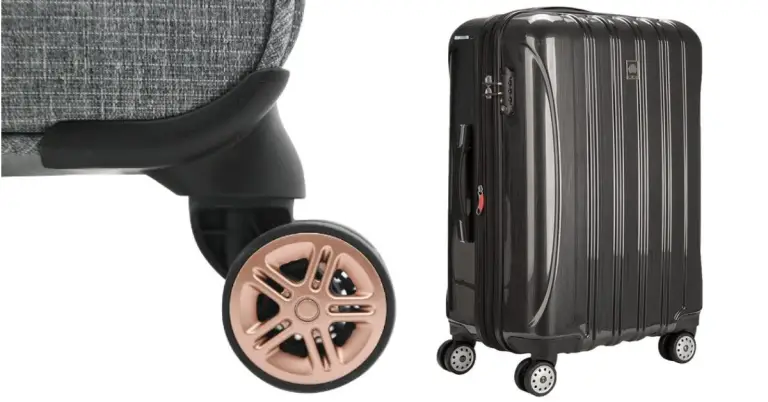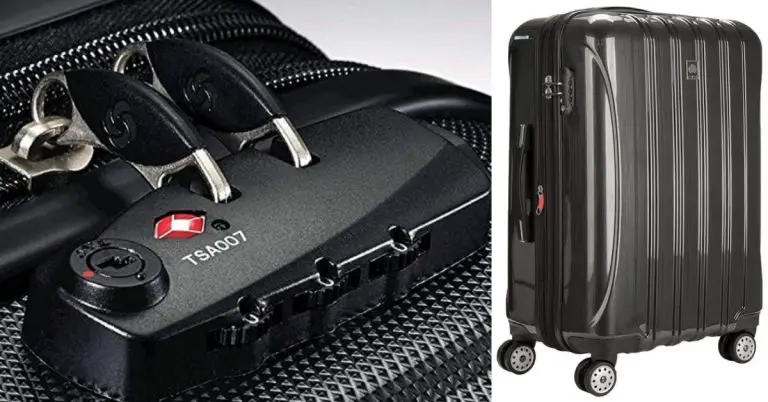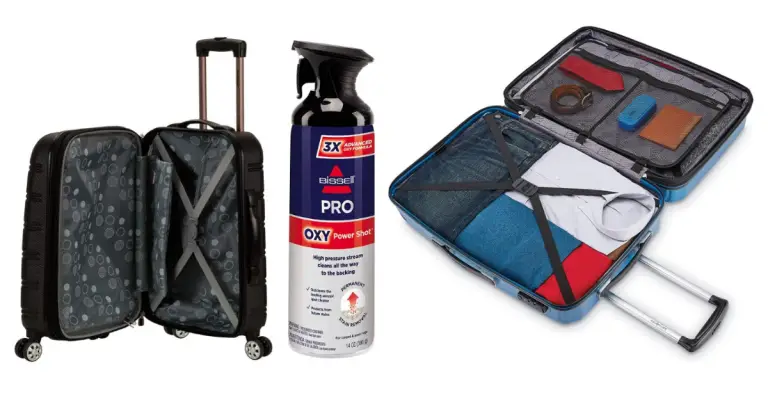How to Loosen Backpack Straps: A Practical Guideline
When you are using a backpack, it should be comfortable and adjustable. You know that the backpack straps distribute the backpack weight and maintain alignment, and they will provide strain on the shoulder, neck, and back. Additionally, if you are going to enjoy heading to school or traveling, you should know how to loosen backpack straps to enjoy your journey. This guide will explore the techniques and considerations for a strapped backpack that allows you to carry your load with greater freedom and reduced discomfort.
The importance of adequately adjusted backpack straps
In the modern world generation, the backpack is an essential instrument to carry; go away and move your virtual appliance. Openly most of the person needs to learn how to adjust backpack straps. If you bring more accessories, these straps hold the key and should be comfortable and sustainable for the carrying experience. In addition, if backpack straps are adjusted, they lead to discomfort, fatigue, and even strain-related injuries, diminishing our ability to fully engage in our daily activities. The backpack is essential for carrying textbooks for students, outdoor gear for adventurers, or work essentials. You need to understand that adjusting backpack straps is vital in preserving our physical well-being and enhancing the overall quality of our journeys.
How to loosen backpack straps step-by-step guide.

When you are going away, and your backpack straps have been loose, they are discomfort for carrying your load. Here is a step-by-step guide on how to loosen the straps on the backpack:
Step 1: Prepare Your Backpack
When you strap a backpack, it is essential to ensure it is empty or only contains lightweight items; it will make it easier to adjust the straps without unnecessary resistance.
Step 2: Put on the Backpack
If you like to be comfortable, your shoulders need to wear the backpack and adjust the shoulder, The bottom of the backpack should rest above your hips, and the weight should be evenly distributed.
Step 3: Locate the Adjustment Points
Most backpacks have adjustment points near the top of the shoulder straps, where they attach to the backpack’s main body of the backpack, and these points might have buckles, sliders, or webbing straps that can be manipulated.
Step 4: Loosen the Shoulder Straps
In this step, gently pull on the adjustment points to release the tension on the shoulder straps. It depends on the design of your backpack. You should slide a buckle or pull on a strap to achieve and loose the straps slowly and ensure they are not over loose. You still want the backpack to sit securely on your back.
Step 5: Adjust the Load-Lifter Straps
Some backpacks have load-lifter straps, and they connect the top of the shoulder straps to the upper part of it. It also balances the weight distribution. And loosen the load-lifter straps slightly if your backpack has them.
Step 6: Test and Fine-Tune
When you lose the straps, walk around and move your arms test to fit and comfort the backpack. If it still feels too tight or too loose, you need to further adjustments as needed. Remember that a well-adjusted backpack should evenly distribute weight across your shoulders and hips without causing discomfort or strain.
Step 7: Secure Excess Straps
After achieving the desired fit, you need to secure any excess strap length, and you can use Velcro straps or clips, which will prevent the loose ends from getting tangled or catching on objects.
Step 8: Recheck Throughout Your Journey
As you wear your backpack and move, the straps might gradually readjust due to your movements. It is a good practice to check regularly and readjust straps during breaks or whenever you feel any discomfort.
Remember that balancing your need and flexibility is the key to a comfortable backpack fit. Suppose you want the backpack to stay securely without any strain on your shoulders or back muscles. Finally, please carefully read how to loosen backpack straps. In that case, you can enjoy your adventures or daily routines with an adequately adjusted backpack that supports you.
Safety tips to consider while adjusting backpack straps

When it comes to Adjusting backpack straps for comfort and fitting your shoulder, it is not only for achieving a balanced load but also for ensuring your safety and well-being during your journey. Ignoring safety considerations during adjustment can lead to discomfort, strain, and potential injuries. Maintaining a few essential safety tips allows you to fine-tune your backpack fit while prioritizing your body and avoiding unnecessary risks.
Maintain Proper Posture:
Before adjusting your backpack straps, stand upright and align your body’s natural curves, and it ensures the load is evenly distributed across your shoulders and hips, preventing strain on your spine.
Choose a Flat Surface:
When making adjustments, find a flat and stable surface to avoid losing balance or causing tripping hazards, and it will help you focus on the adjustments without worrying about potential falls.
Balance Weight Distribution:
As you loosen or tighten straps, ensure the backpack’s weight is evenly distributed, and a lopsided load can lead to muscle imbalances and discomfort.
Gradual Adjustments:
Make minor adjustments to the straps rather than loosening or tightening them drastically. It allows you to gauge the impact of each change and prevents sudden discomfort.
Check for Mobility:
After adjusting the straps, test your range of motion by moving your arms, shoulders, and neck, and it ensures that the adjustments do not restrict your movement, especially if you’re hiking, cycling, or engaging in physical activities.
Avoid Overloading:
Even with well-adjusted straps, an overloaded backpack can strain your body, and you need to follow the backpack’s recommended weight limits and pack only essential items to maintain a manageable load.
Secure Loose Straps:
Excess straps can pose a hazard by getting caught on objects or snagging, and secure any loose ends with loops, clips, or straps to prevent tripping or accidents.
Use Chest and Hip Straps:
Many backpacks come with chest and hip straps, and use them to stabilize the load and prevent the backpack from swaying or bouncing, reducing strains on your back and shoulders.
Regularly Reassess:
Take breaks to reassess the strap adjustments throughout your journey. Your body moves, straps might gradually shift, and regular checks help maintain comfort and prevent long-term discomfort.
Listen to Your Body:
If you experience persistent discomfort or pain, stop and readjust the straps immediately; pushing through discomfort can lead to injuries, so prioritize your well-being.
Hydration and Nutrition:
Staying hydrated and well-nourished helps prevent fatigue and improves your body’s ability to handle the physical demands of carrying a backpack.
Pack Smart:
Organize your backpack’s contents efficiently; heavier items should be centered and closer to your back. It reduces strain and maintains stability.
Consider Your Environment:
Adjust your backpack based on your environment. For example, if you’re going uphill, you might want slightly tighter straps to keep the load closer to your body.
Educate Others:
If you’re assisting someone else, such as a child or a friend, educate them about proper backpack adjustment techniques to promote safety and comfort.
By following our safety tips, you will adjust your backpack straps and feel comfortable for your full-day activities.
How to keep backpack straps from slipping off shoulders
If you like relaxed and secure carrying experiences, you must prevent backpack straps from slipping off. To avoid this issue, start by adjusting the straps to a snug fit that does not feel overly tight.
Additionally, consider using the chest strap if your backpack has one – it helps anchor the shoulder straps and prevents them from sliding outward. However, use load-lifter belts if available; these connect the top of the shoulder straps to the upper part of the backpack, enhancing stability. You also need to ensure the inside weight of the backpack, and it is essential to distribute it evenly, keeping the load center on the backpack. If you do that, it will help to remove slipping off your shoulder, and you will enjoy comfortable carrying and remove the hazard of constantly readjusting slipping straps.
How to stop backpack straps from loosening
Preventing backpack straps from slipping off your shoulders is a need to properly. To avoid this issue, start by adjusting the straps to a snug fit that does not over-tight. Additionally, consider using the chest strap if your backpack has one – it helps anchor the shoulder straps and prevents them from sliding outward. Furthermore, use load-lifter straps if available; these connect the top of the shoulder straps to the upper part of the backpack, enhancing stability.
The Final Thoughts
In conclusion, how to loosen a backpack is more than just achieving a comfortable fit; it is about optimizing your comfort, safety, and overall carrying experience. You can prevent discomfort, strain, and potential injuries by adhering to safety tips and proper adjustment techniques.
Recent Posts You May Like:
- How to Open a Locked Suitcase Without a Key

- What to Do If You Forgot Your Samsonite Code: Unlock Travel Woes

- How to Set Delsey Luggage Lock: The Ultimate Guide

- How to Pack Sunscreen in Checked Luggage: Expert Tips

- Why Do Schools Require Clear Backpacks: Unveiling the Necessity

- How to Measure Linear Inches of Luggage: Quick & Easy Guide

- How to Tie a Luggage Tag | The Ultimate Guide
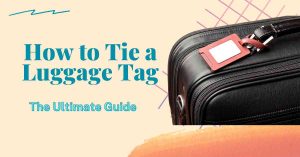
- How to Loosen Backpack Straps: A Practical Guideline
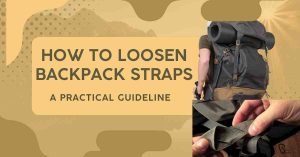
- General Tips: How Many Books Can You Put in an Empty Backpack?

- How to Thread a Backpack Strap Correctly Tips and Tricks
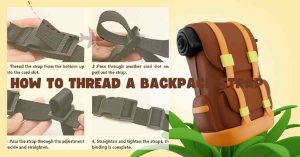
- How to Wash a North Face Backpack in the Washer

- Baggage Allowance for International Flights Experience


